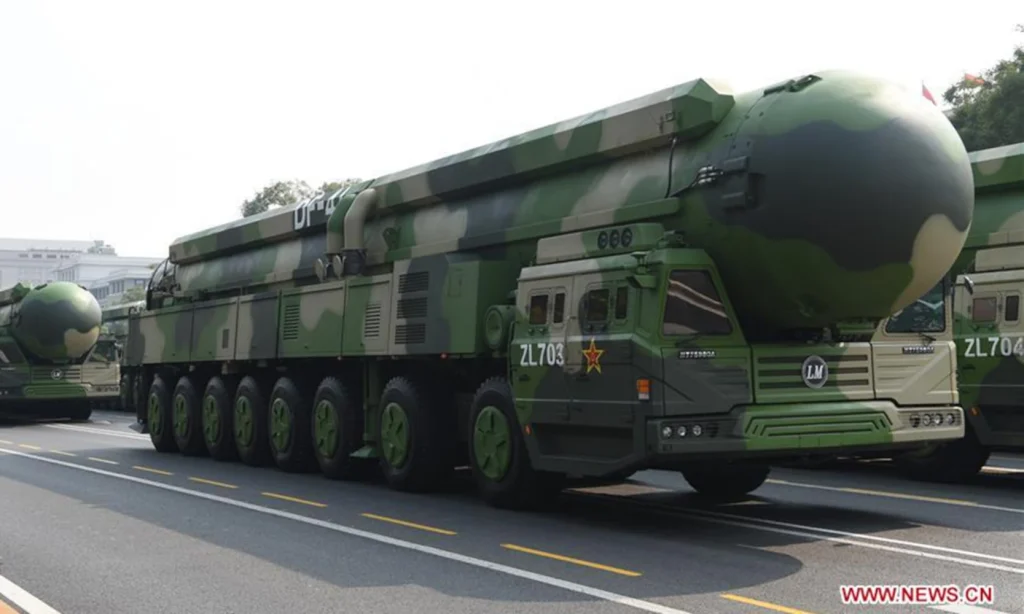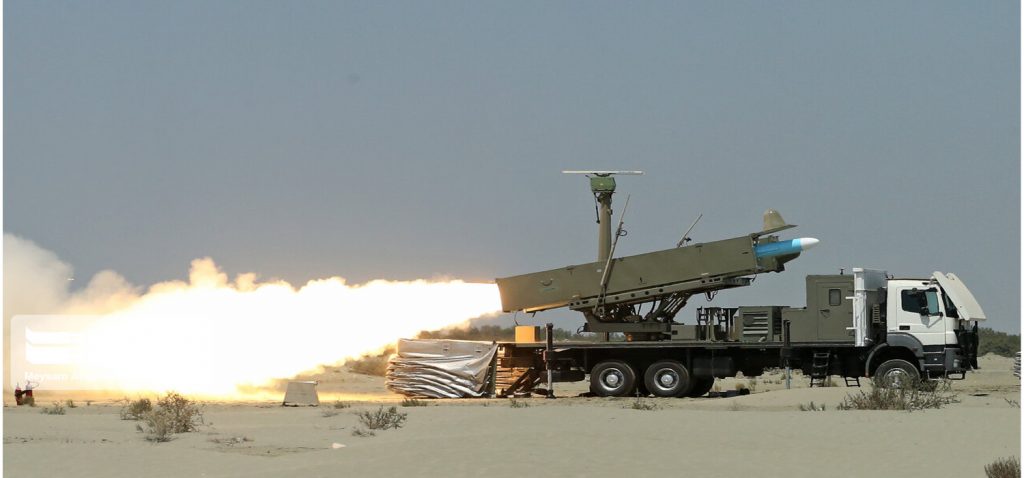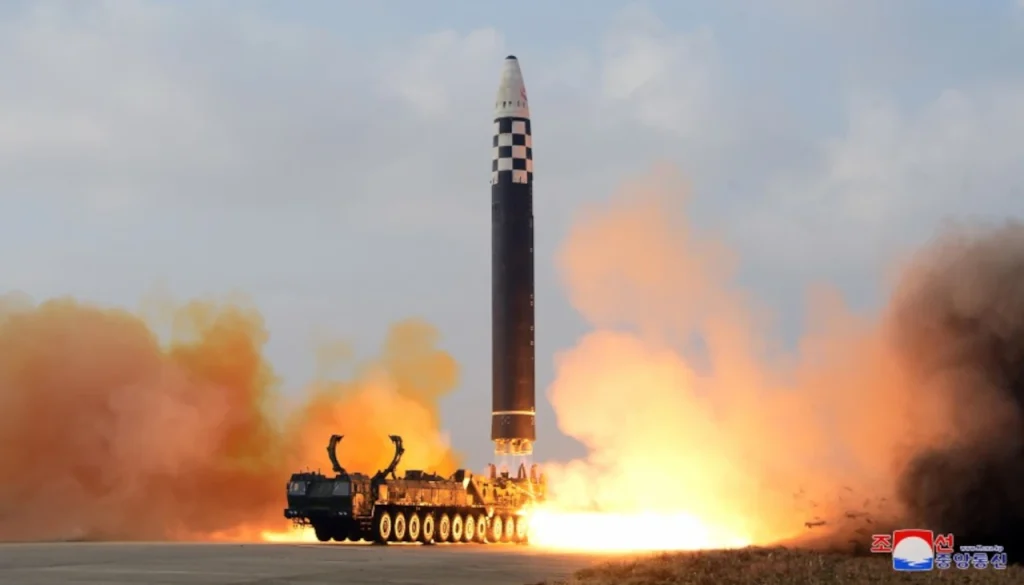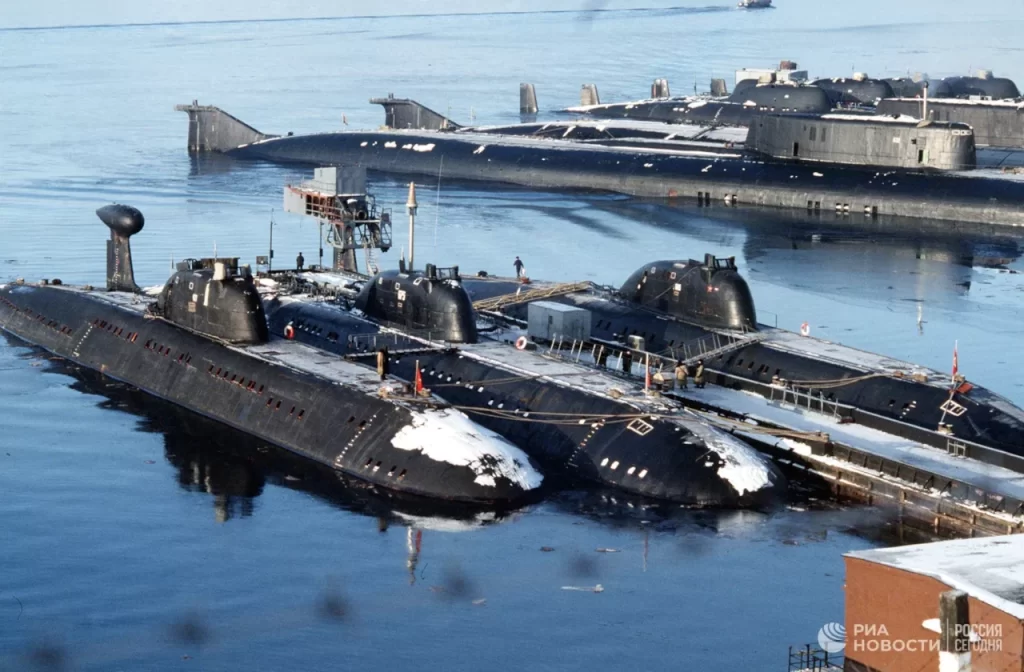These days, officials planning for Doomsday at the Pentagon face a new nightmare: the prospect of multiple threats at the same time rather than one major nuclear opponent. According to one official, what if Russia attacks a NATO country, forcing America to protect Europe? Then, China takes advantage of America’s distraction and invades Taiwan. And then, North Korea decides to invade the South?
Three wars, three sets of friends and allies, and three unforeseeable nuclear crises: can America handle it all?
The Economist’s article “America Prepares for a New Nuclear Arms Race” (August 12, 2024) highlights Washington’s sentiments and its actions to address them.
The magazine’s experts write that the administration of President Joe Biden has begun preparing for what until recently seemed unthinkable: expanding America’s deployed nuclear forces after decades of deep reductions.
The buildup could begin in 2026, when the New START treaty between America and Russia, which limits the two largest nuclear arsenals in the world, expires.

A senior American military official has indicated that the United States aims to maintain the capability for rapid expansion of its deployed nuclear forces if deemed necessary. The official stated that if the President determines an increase is required, the military should be positioned to implement such a decision promptly.
The extent and speed of any expansion may be determined in part by whether the next President is Kamala Harris, who may seek to preserve Democratic efforts to reduce nuclear weapons, or Donald Trump, who was a nuclear hawk during his first term.
According to Biden administration sources, the current stockpile meets current threats, there is still hope for nuclear arms limitation agreements, and no decision has been made to deploy more nuclear weapons. However, American officials have warned of increasing nuclear dangers, first in June 2024 and now in August 2024.
A top Pentagon official, Vipin Narang, stated in a speech on August 1, 2024, that it is nothing short of a new nuclear age. He spoke to an unusual mix of numerous nuclear claimants who are not interested in arms control or risk reduction efforts, each quickly modernizing and growing their nuclear arsenals. Their actions, he argued, have driven the US to adopt a more competitive approach.

Following successive arms limitation treaties, the worldwide nuclear arsenal has fallen from a high of over 70,000 warheads in 1986 to under 12,000 now. In 2009, Barack Obama stated that he aimed to create “a world free of nuclear weapons.” Even as late as October 2022, when the war in Ukraine was already underway, the Biden administration’s Nuclear Posture Review (NPR) remained committed to limiting the role of nuclear weapons in US strategy.
According to Vipin Narang, the “nuclear holiday” has ended after a quarter-century.
America says that Russia intends to place nuclear weapons in space to destroy satellites, in violation of the 1967 Outer Space Treaty.
Meanwhile, China’s arsenal is steadily increasing. The Pentagon predicts it will increase from a few hundred warheads at the turn of the decade to more than 1,000 by 2030 and maybe 1,500 by 2035.
North Korea has increased its testing of intercontinental ballistic missiles (ICBMs) to deliver its nuclear weapons. In June 2024, it signed a mutual defense deal with Russia. North Korea has supplied Russia with artillery munitions. What does Russia provide in return? America is concerned that it may be missiles and other weapon technologies.
Iran, a nuclear “threshold” state that supplies Russia with drones and missiles, raises similar concerns.
Russia has suspended key provisions of the New START pact. However, both parties claim to continue adhering to its restrictions on “strategic” (i.e., long-range) weapons: 1,550 deployed warheads, 700 missiles, and heavy bombers. Russia appears uninterested in renewing arms control discussions. China, which seeks greater parity with its counterparts, has never been particularly interested in such negotiations. Meanwhile, America’s concerned allies want more nuclear deterrent, not less.
Vipin Narang believes that preparing for nuclear war may still inspire enemies to join in strategic arms control discussions. If not, America is prepared to do all it takes to deter adversaries and reassure allies.
According to James Acton of the Carnegie Endowment for International Peace, a Washington-based think tank, such conversations indicate the increased likelihood of a new arms race. This also demonstrates that the Pentagon and Strategic Command, which would oversee any nuclear war, are becoming more convinced that they require additional nuclear weapons and are winning the bureaucratic argument.
The fate of the nuclear-armed sea-launched cruise missile (SLCM-N) exemplifies this new perspective. In 2018, the Trump administration proposed a mechanism to provide “low-yield” or “tactical” nuclear weapons that could be launched from ships or submarines in potential regional battles rather than employing strategic weapons in a complete nuclear war. The Biden administration attempted to cancel the SLCM-N, claiming it would “divert resources” from an already ambitious effort to modernize all three legs of America’s nuclear trident (land-based, sea-based, and air-based missiles).

This modernization includes new ICBMs (Sentinel missiles to replace Minuteman III), ballistic missile submarines (Columbia-class to replace Ohio-class), bombers (B-21 to replace B-2 and B-52), and nuclear command and control systems.
However, Congress kept the SLCM-N. Narang now acknowledges its advantages. He contended that employing tactical nuclear weapons in a regional crisis would free up strategic weapons to strike an expanding number of strategic targets (such as China’s new massive ICBM silos, which officials claim are already straining America’s nuclear capabilities). He also stated that the SLCM-N would lessen the “risk of miscalculation,” which refers to the possibility that an enemy might misinterpret a limited nuclear exchange for a full-scale nuclear strike.
To comply with New START, America decommissioned several submarine launch tubes, outfitted long-range missiles with single rather than multiple warheads, and transformed some nuclear bombers into conventional ones. America may still reverse this process by “uploading” any or all of the 1,900 warheads held in reserve, though this may take some time. Officials will not say how long it will take. In 2002, Air Force General Franklin Blaisdell hinted that loading reserve warheads onto planes could take only a few days, months to add them to submarines, and roughly a year to reconfigure ICBMs. Increasing the whole stockpile would take longer, according to analysts.
How many nuclear warheads are sufficient? The American philosophy of “damage limitation”—the use of nuclear weapons to eliminate the enemy’s weapons—argues that the larger the enemy’s arsenal, the larger America’s arsenal should be.
Narang maintains that America does not need to match adversary warheads one-to-one. Officials say that much depends on complex calculations about the likelihood of killing specific targets, whether nuclear submarines can be destroyed conventionally, how much armament will survive an enemy’s first strike, and so on.

Franklin Miller, a former Pentagon official, proposed almost tripling the current force to 3,000-3,500 deployed warheads.
Critics dismiss such calculations as the insane behavior of modern-day Dr. Strangeloves (the protagonist of Stanley Kubrick’s 1964 Cold War parody). They also claim that in a conflict over Taiwan, China is unlikely to distinguish between tactical and strategic attacks on its military. Some argue for “minimal” deterrence: only enough to destroy an enemy’s key cities following a surprise attack. According to Jeffrey Lewis of the Middlebury Institute of International Studies, nuclear weapons are effective in destroying governments that use nuclear weapons against you. When it comes to fighting Russia, he claims that America’s overall stockpile of almost 5,000 warheads offers little more deterrent than France’s more than 300.
However, China, the most vocal supporter of limited deterrence, has finally accepted the rationale that more nuclear weapons are better. What about China’s adversary, India? What about India’s rival, Pakistan?
As a new arms race approaches, it may prove more complicated than the deadly Soviet-American rivalry of the Cold War.
